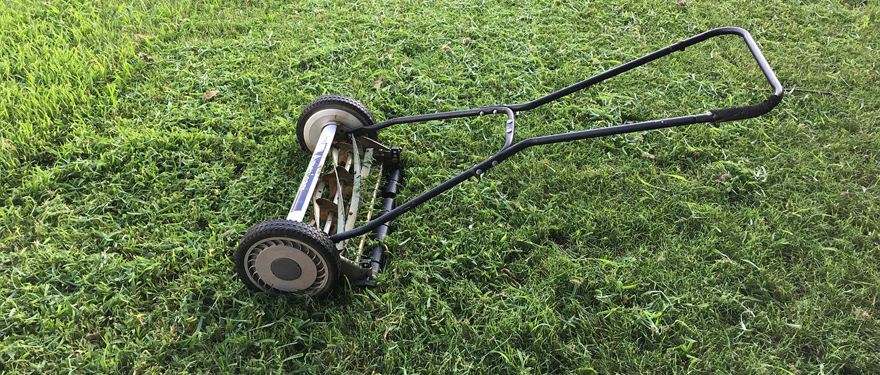
Mulch is one of the least appreciated, but most important additions to the landscape. A thick layer of shredded bark, pine straw, grass clippings, gravel or river rock over the soil helps save water, reduces the soil temperature, and keeps the yard weed free. Mulch also gives that finishing touch when used in a flower bed or around a tree planting.
The Problem With Using Grass Clippings As Mulch
Grass clippings are one of the cheapest and most readily available mulches around, and for years they were also the safest to use.
That is until 2011 when a problem cropped up related to a new herbicide used on turfgrass growing around trees. Lawn care companies began seeing damage to trees and shrubs after using a broadleaf weed killer on turf grass called Imprelis. Symptoms included browning, twisted needles and stems, dieback and even tree death within just a few months of the herbicide’s application. Hardest hit were pine and spruce trees.
The trees suffered because they took up the weed killer from the treated turf areas the same way the weeds did, through the leaves, stems and roots. It didn’t take long for the product to be pulled from the market, but Imprelis-related damage continued to show up for several years because of the herbicide’s residual power.
Some stressed trees recovered over time. Regular watering, especially during dry periods, and delaying fertilizing for a year helped trees regain their health.
Herbicide Carryover Harms Trees
Even though Imprelis is no longer available, herbicide carryover can still be a problem with grass clippings. Herbicide carryover happens when products used to kill broadleaf weeds remain active in the clippings. When these treated grass clippings are used as mulch, rain and irrigation water can release the weed killer allowing it to leach into the soil and affect trees, shrubs, flowers and vegetable plants.
How To Protect Trees From Herbicide Damage
While grass clippings still make a good mulch in the landscape, it’s important to know their herbicide history before using them. Avoid using grass clippings near trees if you’re unsure if they’ve been treated.
Here are some other ways to protect the trees in your yard from herbicide damage from grass clippings:
- Avoid mulching around trees and shrubs with grass clippings from lawns treated with any synthetic chemical weed killer.
- Make sure your lawn care company is using herbicides approved for residential lawn use and using them according to the label’s instructions.
- If you use herbicides to control lawn weeds, read labels carefully for any restricted applications for the herbicide or the grass clippings.
- Use a mulching lawn mower and leave grass clippings on the lawn.
- Opt for organic methods for controlling weeds to avoid applying herbicides to your lawn.
- Use other mulches around trees and shrubs, such as bark chips, rocks or gravel.
In the past, the threat from herbicide damage to trees and plants in the landscape used to come from accidental drift when lawns were treated. Now we know that trees can also suffer damage from weed killer that remains in lawn clippings (as well as in compost used as mulch).




